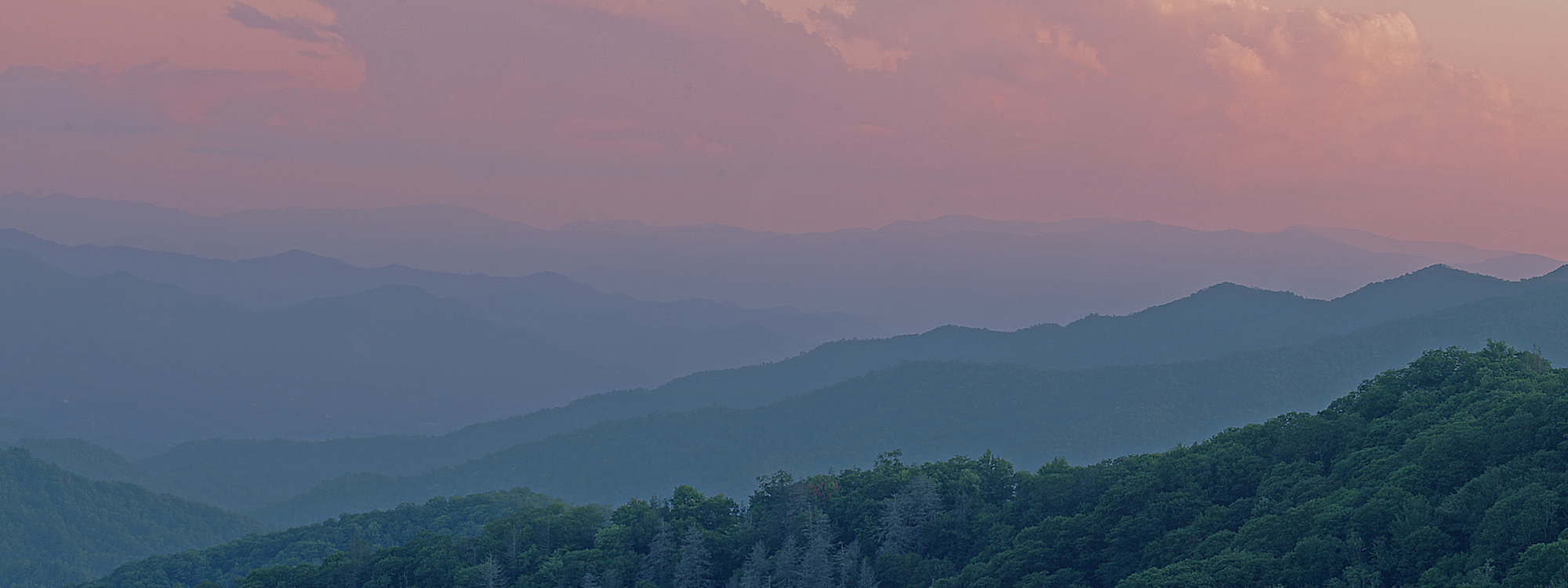
Globular Clusters are collections of stars that orbit a galactic core. They are spherical in shape due to gravity tightly bounding the stars together. These star clusters are fairly common, with over 150 known clusters in our Milky Way galaxy.
In 1714 Edmund Halley discovered what was later cataloged as M13, also known as the Hercules Globular cluster. At approximately 25,000 light years away and 145 light years in diameter, M13 contains several hundred thousand stars. It is visible using binoculars, but would look like a round patch of light. It would take a fairly large telescope to resolve individual stars near the center.
The Hercules Globular cluster is located, unsurprisingly, in the constellation Hercules. It lies between the star Zeta Herculis and Eta Herculis, although I recommend finding it by searching in a smartphone app and letting it point the way.

Near M13 is NGC 6207, a spiral galaxy discovered in 1787. It is located 30 million light years from Earth. It can be seen near the upper right, shown in the annotated image below.

In total 7.2 hours of exposure was used to create the final image. I used the ASI1600mm-pro monochrome camera with the Canon 500mm f/4 lens. LRGB was used for this image. Star clusters have little narrowband emissions, so RGB was the way to go. Due to the time of month the moon was not a factor in the images making the images easier to capture. The images were taken over a week, and were stacked and processed in PixInsight.
I had originally decided to setup for a different, wider target with a 200mm lens but switched back to the 500mm to try to get some photos of the Comets that are currently visible. I wanted a good target for the 500mm as the comets I was looking at were only in a good position for a couple hours. M13 was in a great location and met my criteria. I’m glad I added it into my imaging plan. It is the first star cluster I have done but I am pleased with the result.
- Luminance: 74 images, 2.5 hours
- Red: 47 images, 1.6 hours
- Green: 50 images, 1.6 hours
- Blue: 45 images, 1.5 hours

ZWO ASI1600mm-Pro, Canon 500mm f/4 IS L II
L – 2.5 hours, R – 1.6 hours, G – 1.6 hours, B – 1.5 hours



